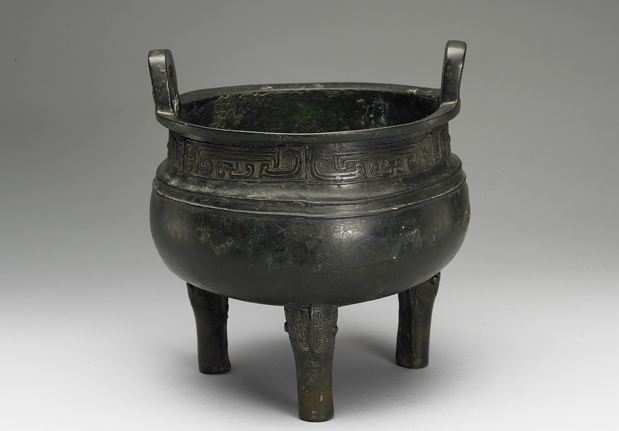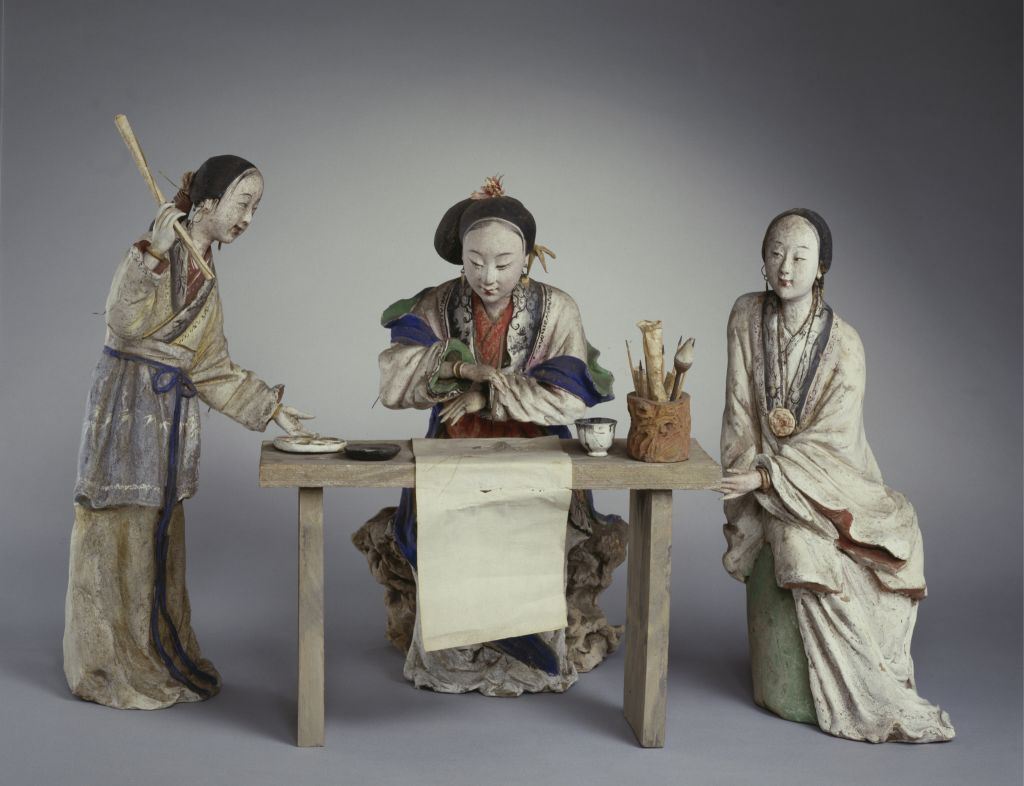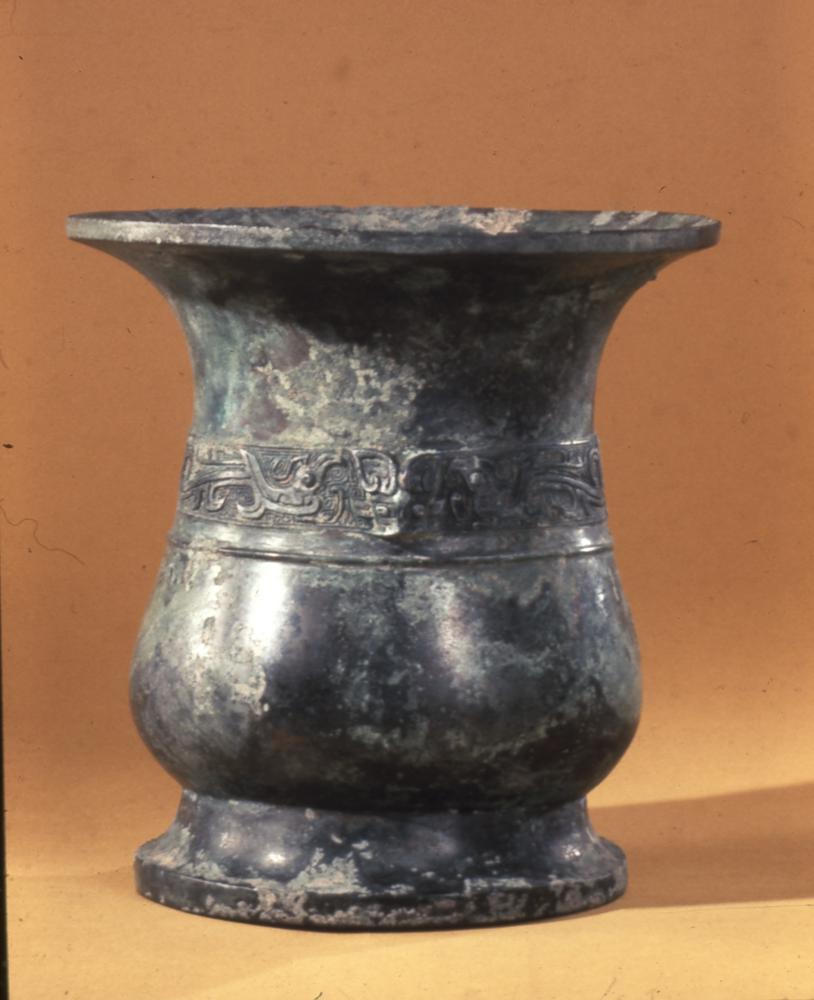[Blue-glaze carved hollowed-out porcelain Gui]
The blue-glaze carved hollowed-out porcelain Gui, in the Eastern Han Dynasty, is 18 cm in height, 27.5 cm in caliber, and 16.8 cm in foot diameter
Gui (gu ǐ Sound track) round, with cover. The mouth edge is slightly outward, the arc belly, and the high circle foot is slightly outward. The fetus is gray. The glaze is applied all over the body, and the glaze color is green and brown. A ring button is placed on the top of the cover, and the button is covered with a ring. The cover is carved with mosaic and triangular patterns. The small round hole is hollowed out along the mouth and the branch pattern is carved. Diamonds are carved on the abdomen
This artifact was unearthed in Yangshan, Sanyu Road, the eastern suburb of Guangzhou
Gui is a food container, and its function is equivalent to a big bowl. It is common in pottery, bronze or porcelain. The Neolithic Daxi culture, Liangzhu culture, Tanshishan culture, as well as the sites and tombs of the Xia, Shang and Western Zhou dynasties have all been unearthed. The early pottery Gui was generally extravagant, with round belly, round feet and some ears. From the middle of the Shang Dynasty, the shape of the vessel evolved into a closed mouth, a folded edge, a deep belly, a round bottom, and a circle foot, while some were open, rolled, and oblique belly. The original celadon Gui was first seen in the Shang Dynasty. From the Three Kingdoms to the Western Jin Dynasty, the celadon kiln in Zhejiang still fired the porcelain Gui.
![图片[1]-Blue-glaze carved hollow porcelain Gui-China Archive](https://chinaarchive.net/Eastern Han dynasty/ceramics/24858[1024].jpg)
![青釉刻纹镂空瓷簋底部 图片[2]-Blue-glaze carved hollow porcelain Gui-China Archive](https://chinaarchive.net/Eastern Han dynasty/ceramics/24857[1024].jpg) 青釉刻纹镂空瓷簋底部
青釉刻纹镂空瓷簋底部





